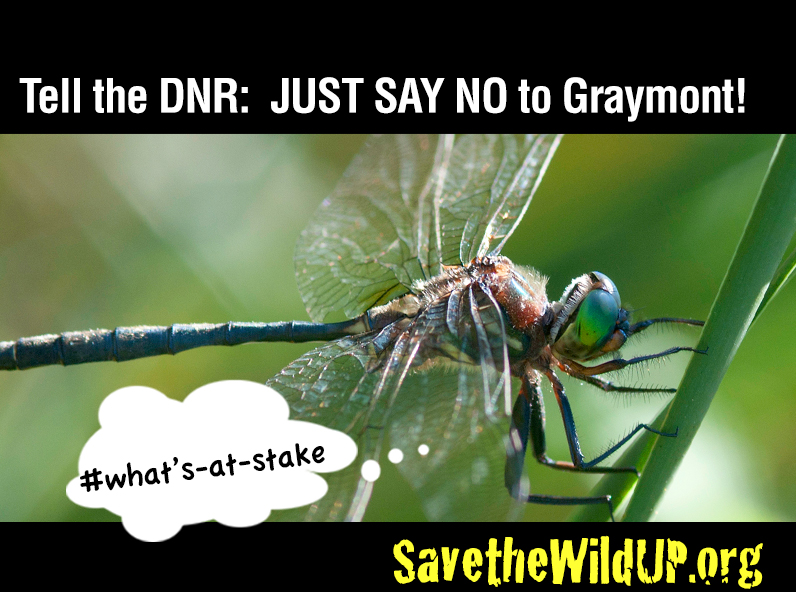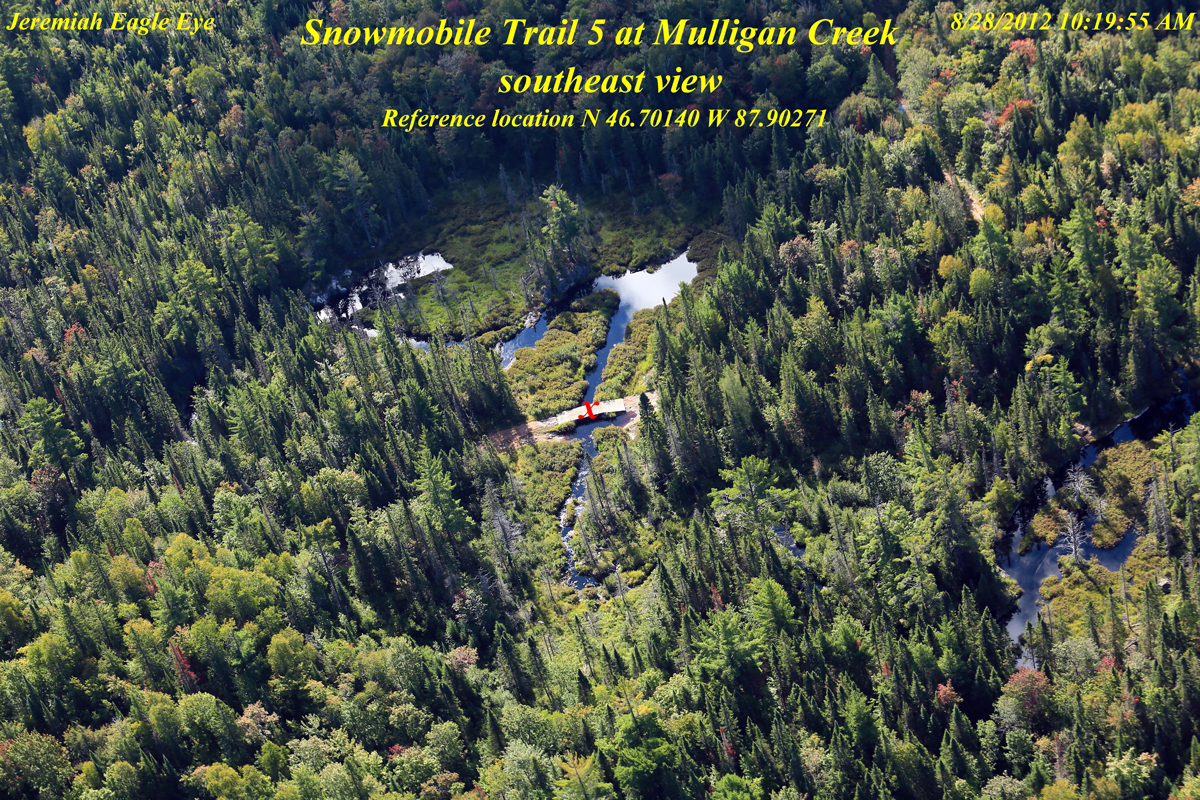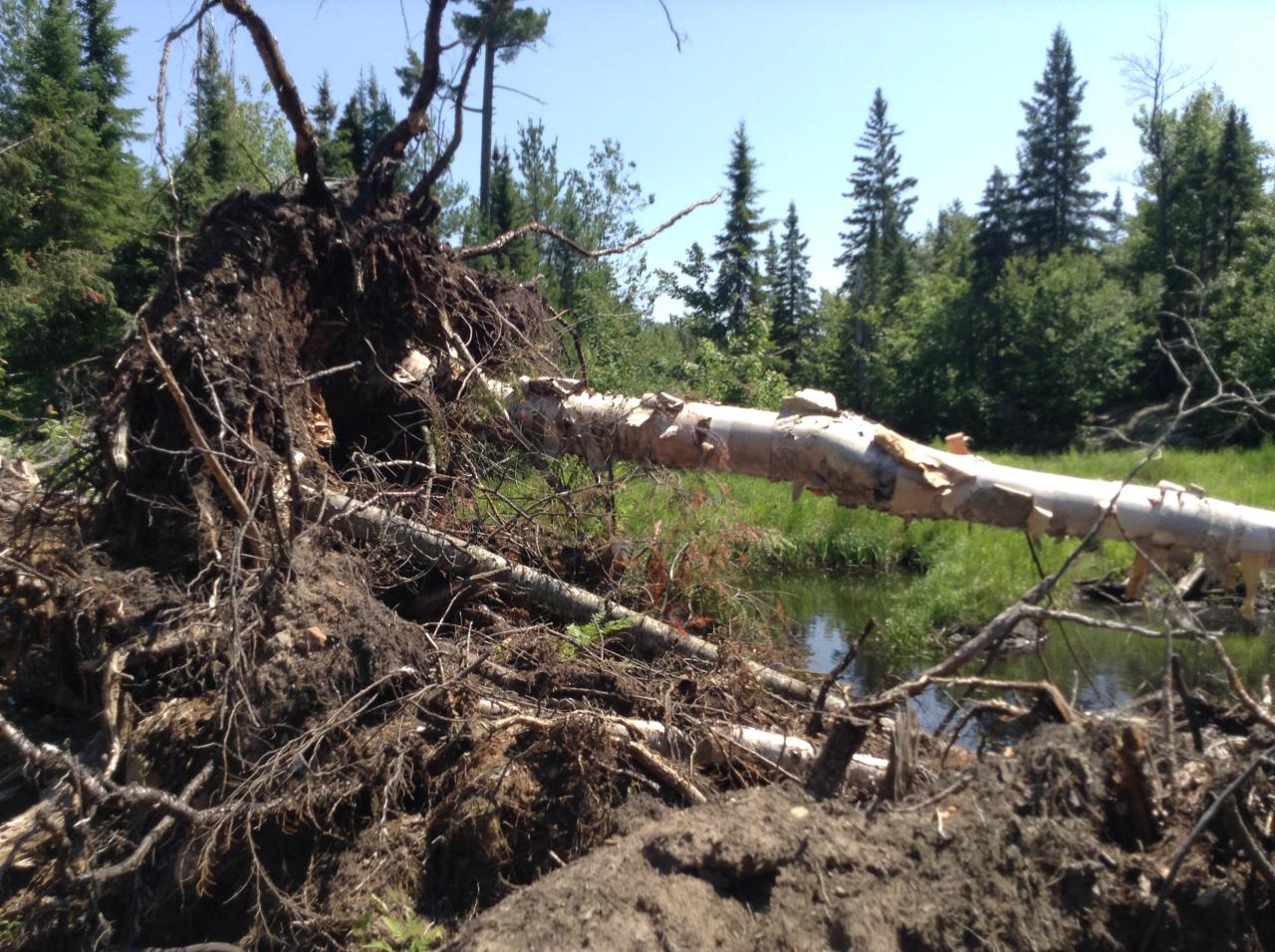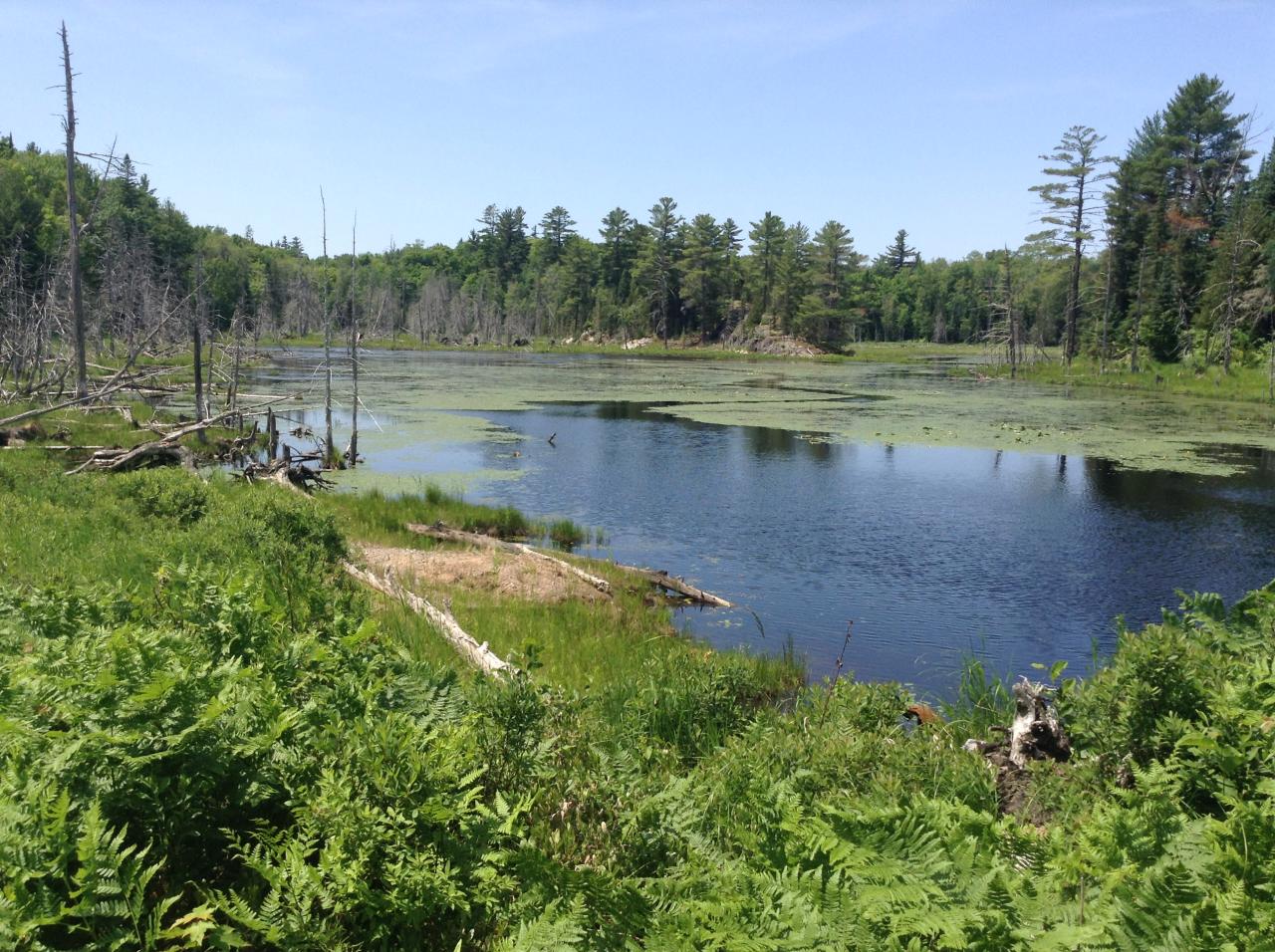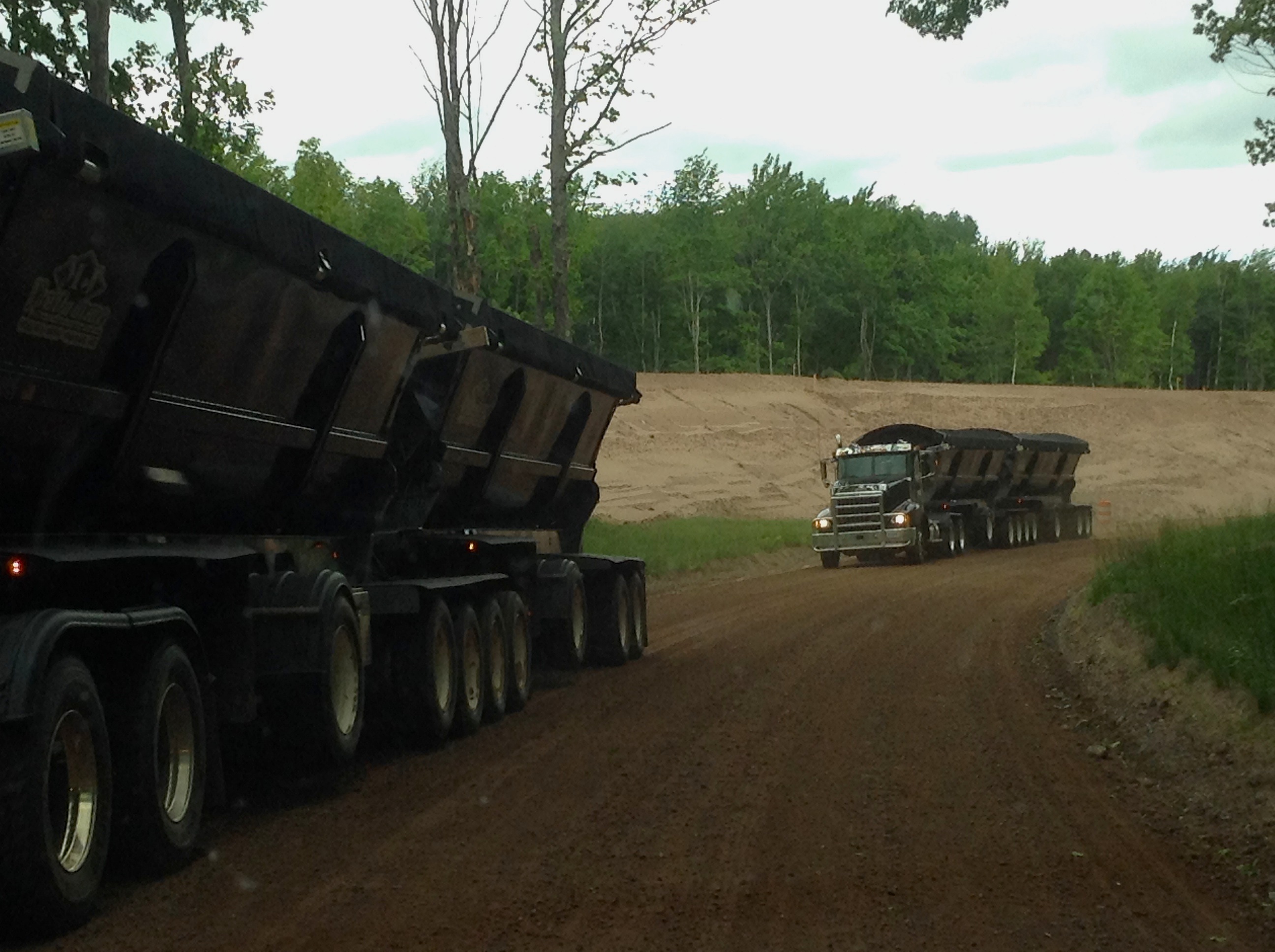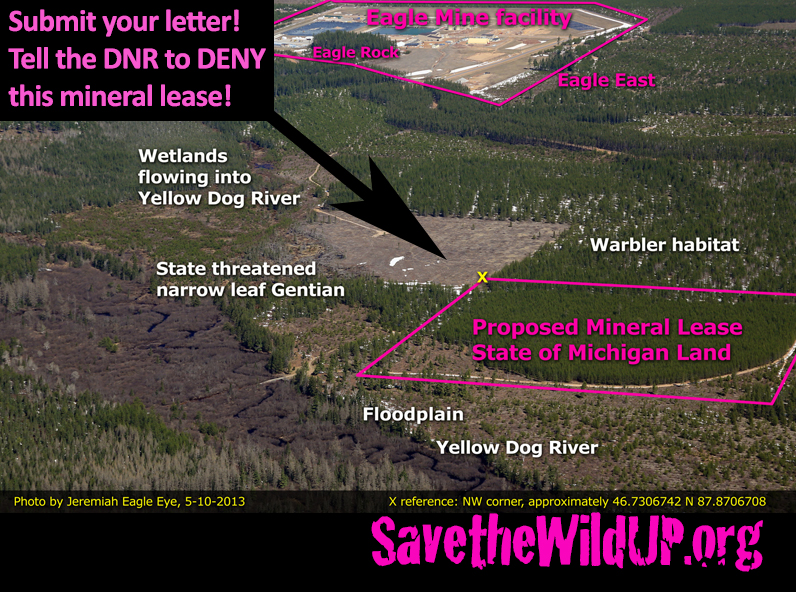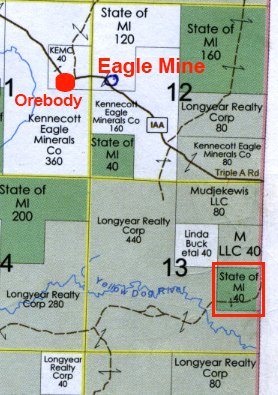FOR IMMEDIATE RELEASE
Save the Wild U.P. Urges DNR Director: Reject Graymont Mining’s Proposed Land Transaction
MARQUETTE — Following yesterday’s meeting of the Natural Resources Commission meeting in Lansing, the Michigan Department of Natural Resources (DNR) Director Keith Creagh announced his approval for a massive exchange of mineral rights — totaling 1,700 acres — for the benefit of Graymont, Inc., a Canadian limestone mining corporation.
“We are disappointed by the DNR’s approval of the mineral rights exchange,” said Kathleen Heideman, president of grassroots environmental group, Save the Wild U.P. (SWUP).
“Upper Michigan environmental organizations, including SWUP, have submitted extensive written comments, outlining our serious objections to the Graymont proposal, including the exchange of mineral rights. This DNR decision fails to serve the DNR’s mission of conservation, protection, and public enjoyment of public natural resources. It benefits a foreign mining company at the expense of Michigan’s environment,” according to Steve Garske, biologist and SWUP board member.
On February 6th, the DNR received yet another revision of Graymont’s ever-shifting proposal. No decision has been announced regarding Graymont’s proposed land transaction, which remains open for public comment until March 19th, when a decision will be announced at the meeting of the Natural Resources Council in Roscommon, MI.
“The Graymont proposal has become an administrative circus,” said Jon Saari, vice president of SWUP. “First introduced in 2012, the proposal gets revised a bit every time objections are raised, including most recently a week before a decision was to be made by the DNR Director! How are we in the public supposed to comment on this moving target? Which proposal? The original one? The final one? The final final one? This is no way to conduct public business. It is a joke. The Graymont proposal should be thrown out for toying with the DNR and the public.”
“Save the Wild U.P. renews our call for Director Creagh to reject Graymont’s Land Transaction,” said Alexandra Maxwell, SWUP interim director. “Public lands must be managed and conserved for public benefit.”
Still pending, the Graymont land sale threatens to sacrifice public lands for the benefit of a foreign mining company, at the bargain price of a few hundred dollars per acre, although a majority of the citizens and taxpayers in the affected areas are vehemently opposed to the Graymont sale.
“The Graymont Proposal makes no sense, economically,” says Maxwell. “Does the DNR have qualified mining staff involved in evaluating this proposal? Graymont promises that a handful of mining jobs would be created, but residents believe that any short-term economic gain is far outweighed by the loss of existing, sustainable, long-term jobs in forestry and tourism sectors.”
The Graymont proposal includes lands currently open to the public for hunting and recreational trails, lands supporting wildlife, and managed for timber — contiguous forest lands, considered “some of the most productive forest land in the Eastern Upper Peninsula” by the Upper Peninsula Environmental Coalition.
The targeted area also includes fragile wetlands and critical ecosystems. These public lands support unique hydrology and biodiversity, including protected karst habitat identified in Michigan’s Natural Features Inventory. Karst landscapes include limestone features (cliffs, pavement, sinkholes, caves) and special ecologies uniquely adapted to limestone: bats reliant on limestone caves, globally-rare “alvar” plant communities, and limestone wetlands supporting the endangered Hine’s Emerald Dragonfly, termed “one of North America’s rarest dragonflies” by the U.S. Fish & Wildlife Service.

Graymont proposal area
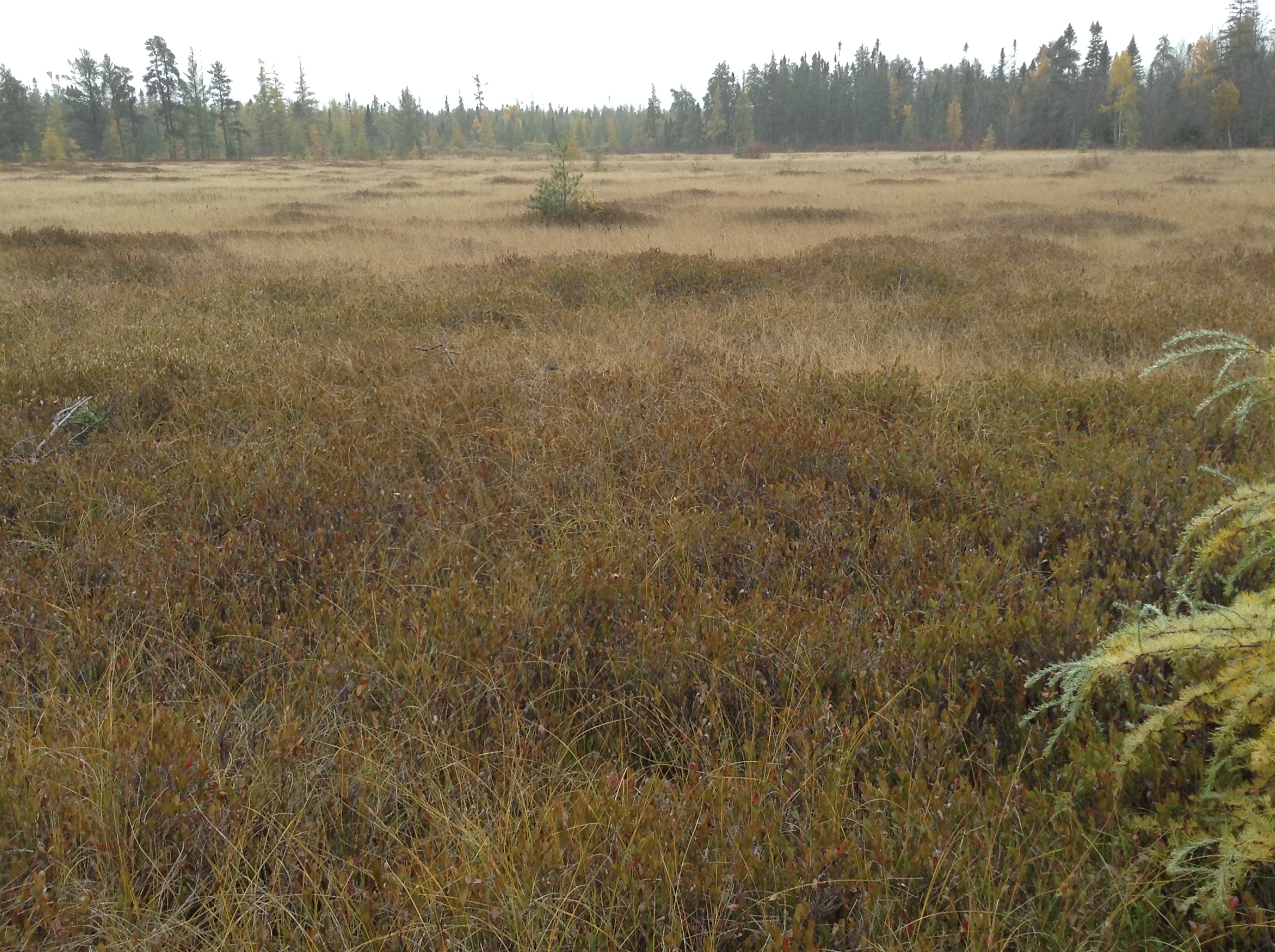
Graymont proposal area

Graymont proposal area

Graymont proposal area
In opposing the proposed sale of lands to Graymont, Save the Wild U.P. affirms the conclusion of the Upper Peninsula Environmental Coalition: “We can see absolutely no justification for the State to even consider the sale of such a large and important parcel of public land to a mining company, or any other private entity for that matter (…) this sale will undermine the public’s confidence in the ability of DNR to manage our public lands for the benefit of all citizens of this state.”
Save the Wild U.P. collectively voices our opposition concerning this unprecedented, environmentally-destructive sale of publicly held lands. The proposed sale would fail Michigan’s taxpayers, tribes, and the Eastern Upper Peninsula’s growing sustainable forest and tourism economies, and especially Michigan’s environment, including critical habitat and endangered species. We urge the Michigan Department of Natural Resources to reject the Graymont Proposal “Land Transaction” as being inconsistent with the DNR’s mission, and a bad deal for Michigan.
The public is urged to submit written comment to: DNR-GraymontProposalComments@
Comments can be mailed to the Roscommon Customer Service Center, ATTN: Kerry Wieber, 8717 N. Roscommon Rd, Roscommon, MI 48653.
Founded in 2004, Save the Wild U.P. is a grassroots environmental organization dedicated to preserving the Upper Peninsula of Michigan’s unique cultural and environmental resources. For more information or to schedule an interview, contact info@savethewildup.org or call (906) 662-9987. Get involved with Save the Wild U.P.’s work at savethewildup.org or follow SWUP on Facebook at facebook.com/savethewildup or Twitter @savethewildup
